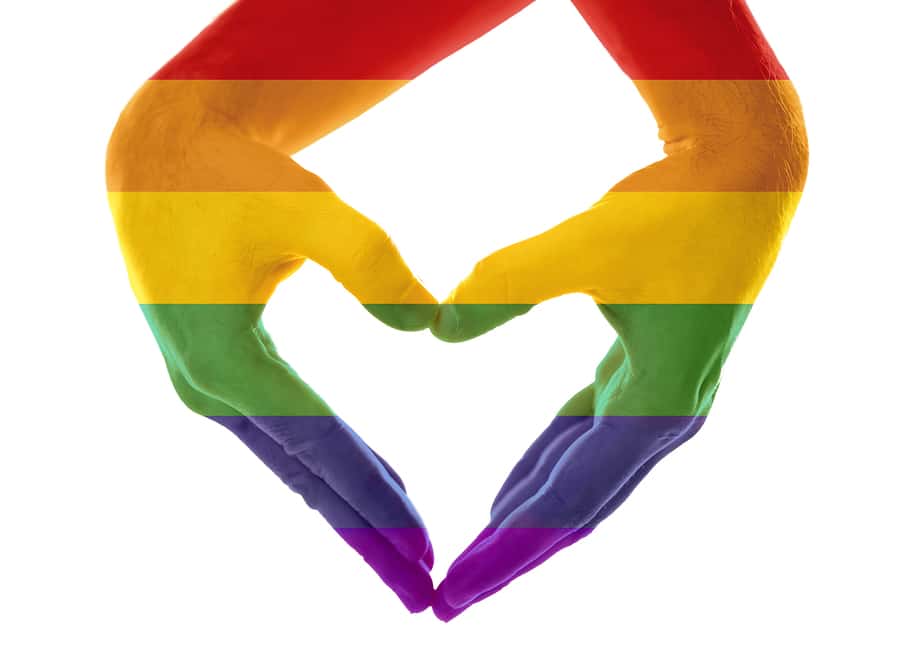Over the last few years most public conversations about women and sex have focused on either the “He’s a stud; she’s a slut” double standard or, well, rape.
There’s no question as to whether these discussions should be taking place—they are essential to dismantling a culture overrun with sexual violence—but we lose something when negativity becomes the main lens through which we view female sexuality. We start seeing sex as an activity ripe for shame and harm, both physical and emotional. We also stop thinking about the joy.
Thankfully, there are some women out there committed to exploring the possibilities that lie ahead of us. These women are writing books and television shows that project a vision of sexuality that is truly for us, by us. Theirs is an eroticism that is stripped of that centuries-old sexism baggage—not to mention the female instinct to compare and contrast every detail of our intimate lives—and is just about us feeling good.
Dr. Emily Nagoski, author of the new book Come As You Are—yeah, that come—says that we’ve spent far too long talking about what kind of sex we are having, and how often we are having it, when we really need to be considering is what we actually like. “The thing we are not talking about enough is whether we are enjoying the sex we have,” she tells ELLE.com over the phone. “Not all sex feels good. Pleasure is not obvious. The more we focus on whether or not something feels good, the more we can transition to a more positive sexual experience for women.”
Nagoski says that one of the most important things for women to remember is that a satisfying sex life for one person does not necessarily a satisfying sex life for another make. We are all, hormonally, physiologically, and anatomically quite different, and we also evolve over time. Some women don’t experience spontaneous arousal, but end up getting really into it once things get going, while others have rich sexual fantasies and the urge to act on them. Both ways—and a myriad of others—can lead to fulfilling sex lives for women.
The one main mood killer getting in the way for women? Body hang-ups. And when we’re focused on how we look, we can’t let go and feel. “Your sexual response doesn’t just have a gas pedal, it also has a brake,” Nagoski says. When we start seeing ourselves from the outside, instead of feeling ourselves from the inside, the good feelings screech to a halt.
For Rachel Hills, author of the forthcoming book The Sex Myth, a better sexual future for women will only occur once we stop being labeled by our particular brand of sexuality. This means no more virgins, no more whores, and no more worrying about if we are too much of one or the other. “If this happens, it will open up possibilities for all of us,” she via phone. “We can have it or not have it, be kinky or totally vanilla. Overall, we can feel free to experiment because if this is not how people are [judging women], our sexual lives won’t be such a threat to our sense of self or how society views us.”
Indeed, efforts like the one to reclaim the word “slut,” well intentioned as they may be, still rely on the idea that sexuality is central to our identities. There are also limitations to our ability to redeem the phrase. For her new book, I Am Not a Slut, Leora Tanenbaum spoke to 55 young women and found that those who tried to take back “slut” ultimately had it backfire on them by way of social stigma. She argues that “in a culture where females are hypersexualized, embracing the word ‘slut’ does not seem like a radical protest. It seems like a capitulation.” (So much for SlutWalks, Rock the Slut Vote and Riot Grrl Kathleen Hanna’s famous cri de coeur by way of scrawling the word “slut” across her belly in lipstick, right?)
“MAYBE THIS SLUT IDEA IS TIRED ANYWAY.”
But maybe this slut idea is tired anyway. Like Nagoski and Hills explain, sexual liberation can’t just be about making it okay for women to have tons of intercourse. Instead, it should be about making it okay for women to have all sorts of sex in all sorts of quantities with all sorts of partners. Really, what does a being a slut even mean? We can do better than buying into either side of the slut mystique. And this is where I will endorse my contribution to a vision of a female sexuality we should be striving for: messy.
Hear me out.
Sexual messiness—the freedom to be neither prude nor slut, try things out, and not have one experience come to define you—is something women have been long denied. Messy means that we can love monogamy, except for that one time when we couldn’t help ourselves. Or, maybe, we are disciples of hook-up culture until that fine day when we meet Mr. or Mrs. right and never look away. Kinky? Corny? Idealist? So be it.
Messy means accepting that sex is often clumsy, that vaginas usually aren’t symmetrical, and that a roll on our bellies or some cellulite on our thighs will probably show up when we’re having a good time. Messy accepts that with good sex comes risk, emotional and physical, and that we can’t know until we try it. Messy makes room for the unpredictable, and allows for the eros of spontaneity to enter our bedrooms and bring us into the moment. It also makes room for uncertainty, mistakes, and occasional regrets—all parts of a healthy sex life and, when taking place in a non-violent atmosphere, a way for us to figure out what we like.
And, if you look for it, messy sex is kind of having a moment: On Girls, Hannah’s sex life is all about privileging exploration over perfection or relentless self-critique. On The Mindy Project, Dr. Lahiri has no problem speaking out about what she wants and doesn’t want between the sheets. The best example of this messiness, however, is Broad City, which, among its many other qualities, is a eulogy of sorts for the whole stupid Samantha/Charlotte, promiscuous/prude divide. Sure, Ilana is the show’s resident “Samantha,” except for the fact that she, despite her willingness to admit it, is involved in a pretty cute, and sexually fulfilling, monogamous relationship with Lincoln. Meanwhile, Abbi, the more conservative one, just pegged a dude on their first date.
It’s totally messy, completely f**ked up, and 100% right.
Curated by Karinna
Original Article


